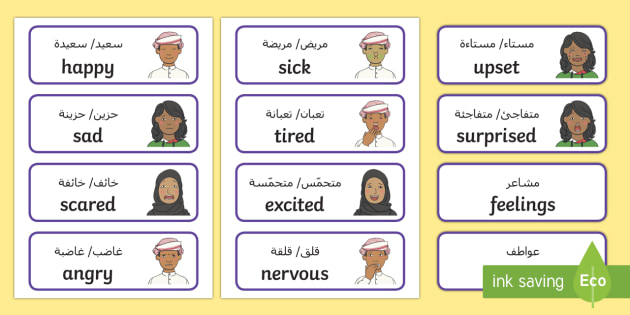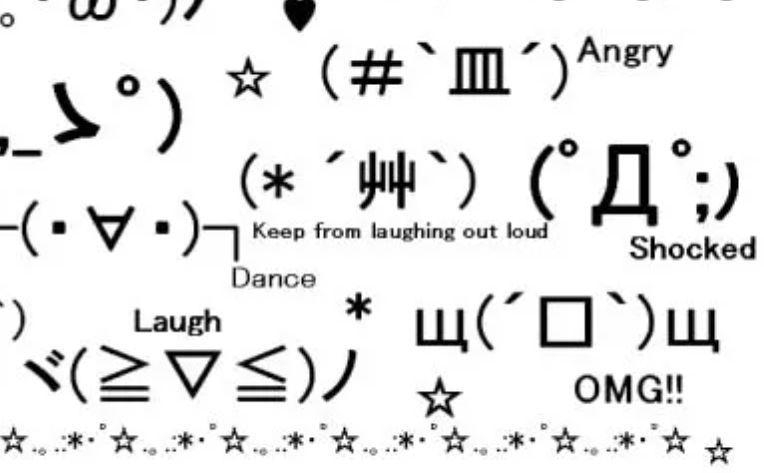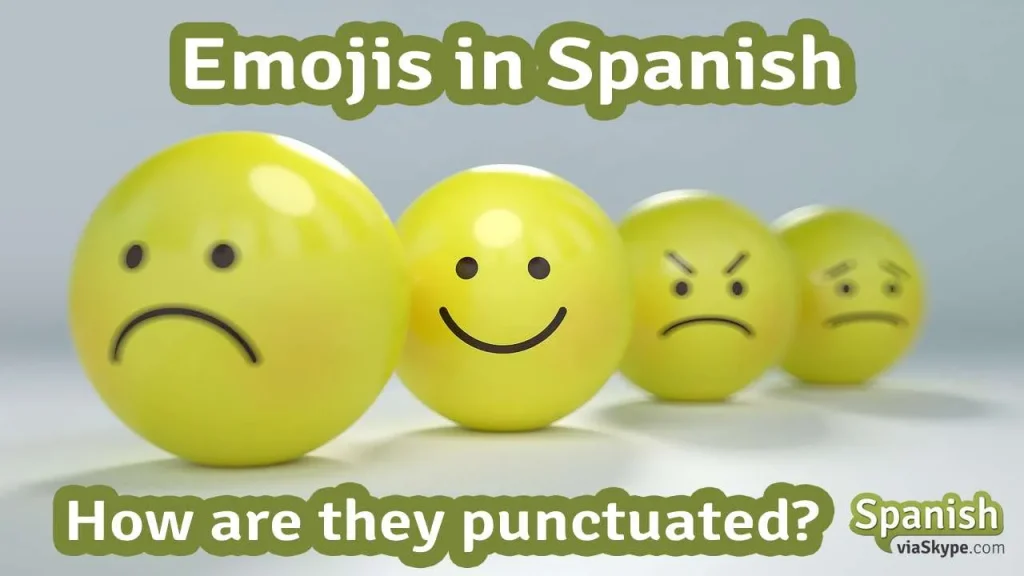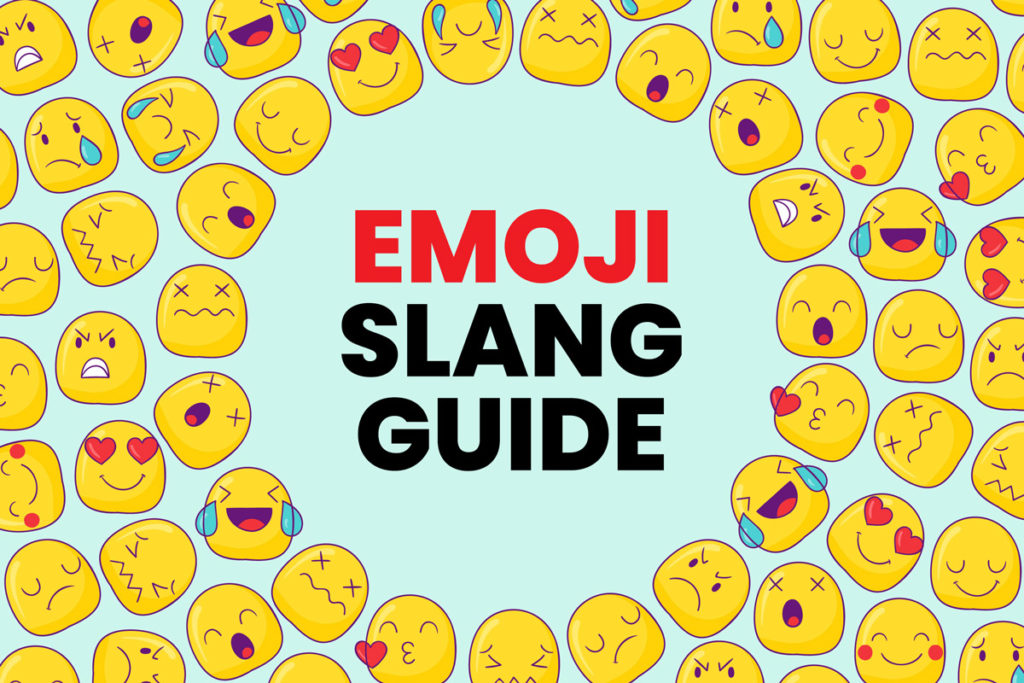Explore Emoji Slang and Their Meanings in Arabic, Korean, and Spanish cultures. Find out how emojis carry unique messages and hidden slang worldwide.
Explore how emoji slang is used in Arabic, Korean, and Spanish digital culture
In today’s fast-paced digital world, emojis are more than just cute symbols—they’re part of a new visual slang that reflects regional identity, humor, emotions, and social trends. From group chats to social media posts, emoji slang is changing how we express ourselves. And when it comes to Arabic, Korean, and Spanish speakers, each group has its own way of using emojis with cultural context.
If you’re a creator, brand, teacher, or emoji lover, learning how emoji slang works in different languages can help you connect better with your audience.
👉 Use our Emojis slang for quick access to all emojis with safe copy-and-paste features.
What Is Emoji Slang?
Emoji slang refers to the informal, often humorous or emotional meanings people assign to emojis in place of traditional words. Instead of typing full sentences, users combine emojis to say things like “I’m tired,” “I love this,” or even “Let’s hang out.”
However, emoji slang isn’t universal. The same emoji might mean something completely different in one language or region than it does in another. That’s why understanding regional emoji meaning is important.
Emoji Slang in Arabic Culture
In Arabic-speaking regions, emoji usage is closely tied to emotion, politeness, and religious respect. Popular emojis in Arabic slang often reflect:

- Respectful gestures like folded hands, which can be interpreted as “thank you” or a sign of prayer
- Hearts and romantic icons used often in daily chats, not just romantic ones
- Facial expressions like sad or shy faces to soften criticism or express feelings indirectly
- Family-themed emojis to emphasize relationships, especially in greetings and celebrations
In Arabic culture, emojis often replace formal expressions to show emotion in a softer and less direct way, making the message feel warmer and more polite.
Arabic Emoji Slang Tip: Some emojis may be used to show religious emotions or blessings, so it’s important to know the context before using them in professional content.
Korean Emoji Slang: Softness, Cuteness, and Emotion
In South Korea, emoji slang is closely connected to Korean pop culture (K-culture), cuteness (known as “aegyo”), and emotional depth.

Koreans often use emojis to express:
- Shyness, embarrassment, or awkward moments using simple expressions
- Joy and excitement through cute face icons
- Food and lifestyle symbols that reflect modern Korean trends
- Relationship status and feelings in a subtle way
Popular platforms like KakaoTalk have also influenced how emoji slang is used. Emojis in Korean messages often add emotional clarity and cuteness, softening serious conversations or highlighting affection.
Korean Emoji Slang Tip: Emojis are also used in fan messaging, where subtle combinations express support for celebrities, shows, or music without saying it directly.
Spanish Emoji Slang: Passionate and Playful
In Spanish-speaking countries, emoji slang is often vivid, expressive, and full of personality. From Spain to Latin America, common patterns include:

- Bold expressions of love and excitement
- Hand gestures and facial icons that enhance storytelling
- Double meanings where a simple emoji can mean something flirty or humorous depending on context
- Festive icons for birthdays, holidays, and gatherings
Emojis are often paired with slang terms in Spanish to emphasize emotion, especially in texting and Instagram captions.
Spanish Emoji Slang Tip: Some emoji combinations might look innocent but actually carry hidden slang or inside jokes, especially among younger audiences.
How Emoji Slang Shapes Digital Conversations
Influences trends on social platforms worldwide.
Helps break language barriers with visual symbols.
Adds cultural context to simple chats.
Makes casual messaging more fun and expressive.
Builds a sense of identity among online communities.
Why Understanding Emoji Slang by Language Matters
Whether you’re a:
- Social media manager creating region-specific content
- Blogger trying to increase reader engagement
- Educator teaching digital literacy
- Brand owner aiming for global reach
…knowing how emoji slang works in Arabic, Korean, and Spanish is essential to avoid misunderstandings and to connect authentically.
Using emojis without understanding cultural or regional meaning can result in confusion—or even offense. On the other hand, using emoji slang correctly can increase relatability, trust, and connection.
Try Our Emoji Copy Paste Tool for International Use
We created the Emoji Copy Paste Tool to help users:
- Quickly find and copy emojis
- Understand their potential meanings
- Avoid incorrect use across cultures
- Use emojis confidently in both personal and professional settings
Our tool is optimized for anyone needing fast, safe, and human-friendly emoji usage for:
- Arabic emoji slang
- Korean visual expressions
- Spanish emoji humor
- Global digital messaging
Final Thoughts
Emoji slang is not just a fun way to communicate—it’s a reflection of language, culture, and human emotion. Whether you speak Arabic, Korean, or Spanish, understanding the emoji slang of your audience helps you connect deeper and avoid miscommunication.
Bookmark and explore our Emoji Copy Paste Tool to enhance your global digital messaging today.

